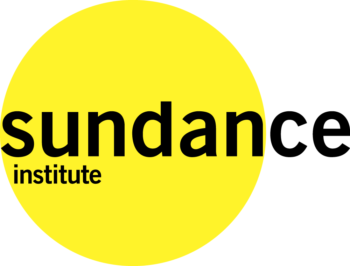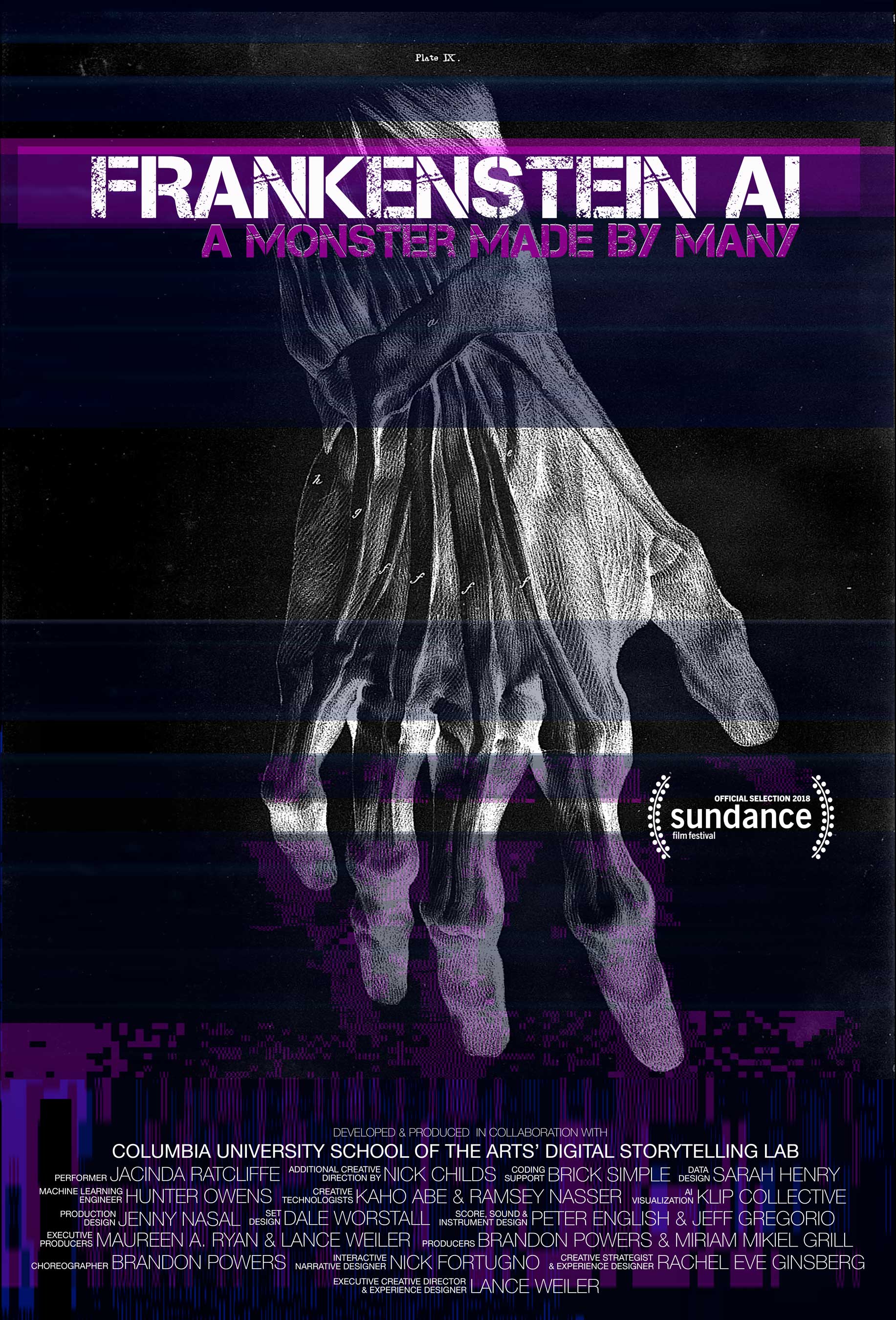“Frankenstein AI: a monster made by many” kicks off world tour at the Sundance Film Festival
Developed and produced in collaboration with the Columbia University School of the Arts’ Digital Storytelling Lab, Frankenstein AI: a monster made by many is a design research project that explores implicit bias within algorithms and the need for inclusive design practices surrounding emergent technologies.
Coinciding with the 200th anniversary of Mary Shelley’s Frankenstein, the project sits at the intersection of machine intelligence and human creativity, exploring how AI can be used as a creative collaborator. Bringing together close to 20 artists and creative technologists, the AI acts as the nerve center of the experience, coordinating across visualization, sound, and dance.
The experience was staged across three acts
– Act 1 is all about human to human contact, through an intimate conversation with a stranger.
– Act 2 brings humans into conversation with an AI, challenging festival-goers expectations.
– Act 3 features an AI bringing a human body to life through dance.
An official selection of the New Frontier section
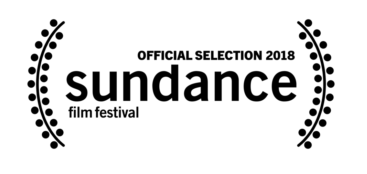
Sundance Program Description
Inspired by the 200th anniversary of Shelley’s seminal text, this participatory installation explores our relationship to the ubiquitous and emerging technology of artificial intelligence. Participants are prompted to reveal their memories, emotions, fears, and hopes to an AI while it attempts to learn about humanity from those who participate. READ MORE
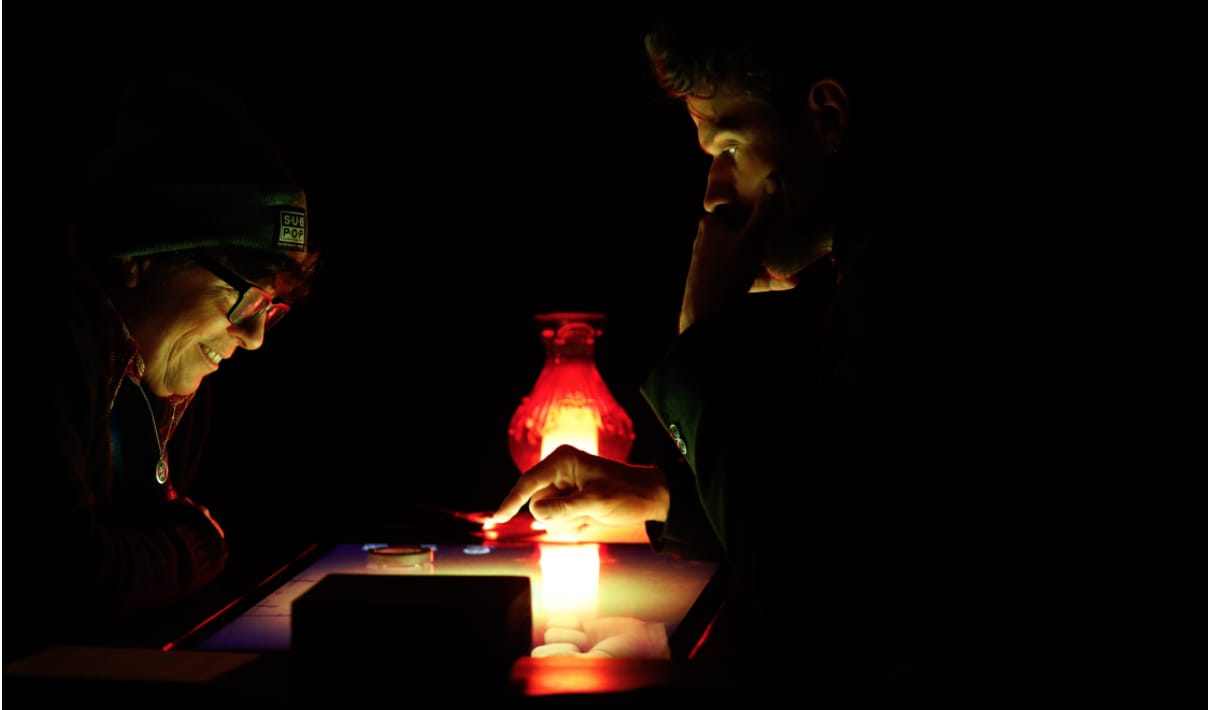
What people are saying
“Frankenstein AI is truly the New Frontier of storytelling and media. As smart objects and machines become a critical part of our societal infrastructure, artists hacking, inventing and defining the meaningfulness of these new capabilities is essential for designing a human-centered version of our future. Audiences of Frankenstein AI commented about how powerful the emotional experience was as they participated in the project. This gives us a glimpse into how humans and artificial intelligence might interact for cathartic experiences as these systems advance.”
Kamal Sinclair
Director, New Frontier Lab Programs at Sundance Institute
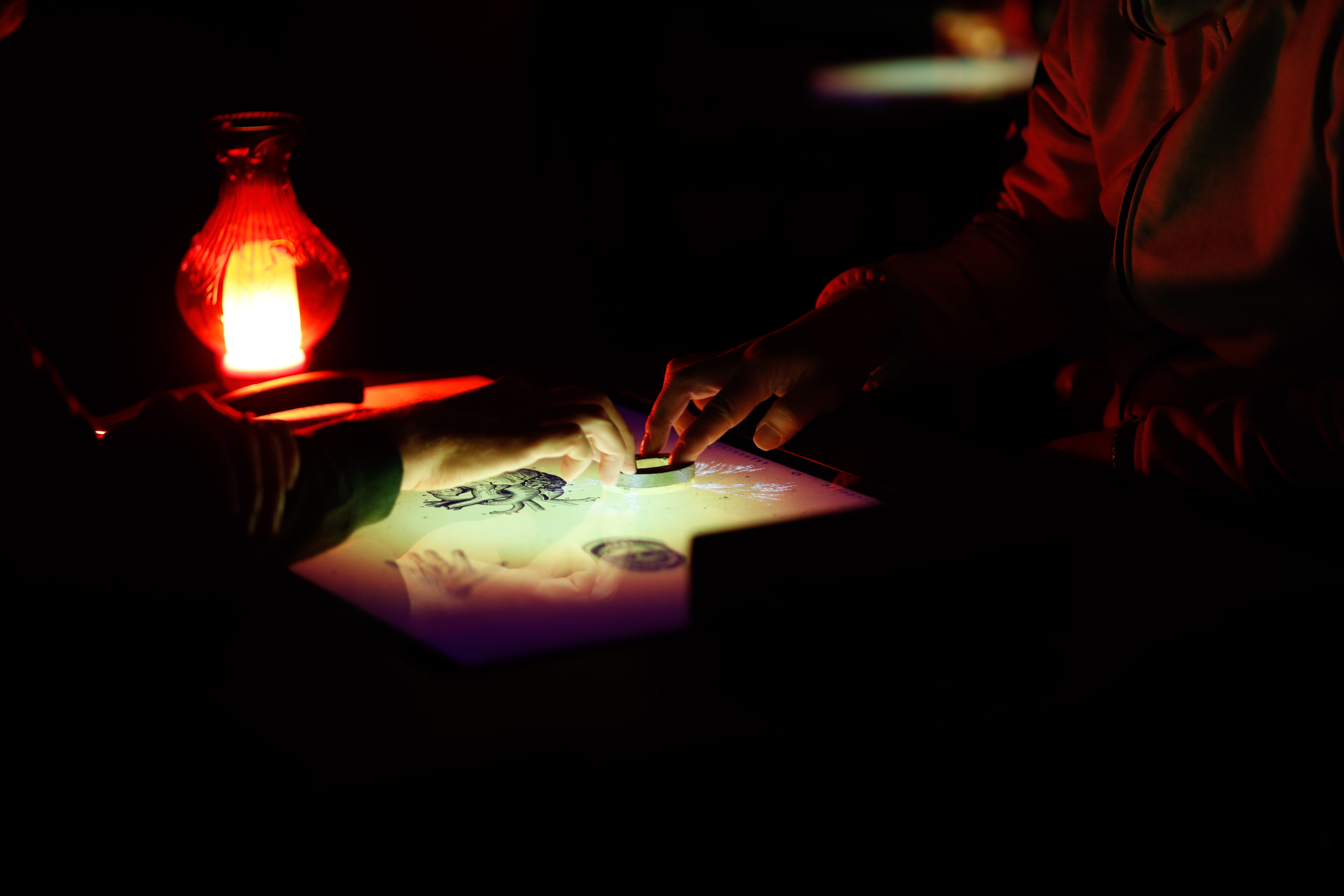
![]()
A.I. as Auteur: Interactive ‘Frankenstein’ Experience Shows How Artificial Intelligence Could Be Storytelling’s Future
“The projects in this year’s New Frontier section at the Sundance Film Festival ranged from the latest cutting-edge virtual reality to decidedly low-tech dance and theater performances. The most thought-provoking of these pieces incorporated media forms across the technological spectrum to explore the leading scientific development and debate of the day: the ascendance of artificial intelligence (A.I.).
As economists and social scientists debate the ramifications of A.I. on their respective disciplines, artists, unsurprisingly, are feeling compelled to do the same. Accordingly, the pieces at Sundance chose not to question issues like the future of work but rather cut to the philosophical core of the matter: in the era of AI, what does it mean to be human? As a recent Medium piece asked, riffing on critical theorist Walter Benjamin: What is the work of art in the age of algorithmic reproduction?
Perhaps the most ambitious piece at New Frontier, A.I. or otherwise, was the multifaceted transmedia work “Frankenstein AI: A Monster Made by Many” by Rachel Ginsberg, Nick Fortugno and Lance Weiler. Billed as a “participatory installation and performance,” the total experience, which will tour this fall, spanned over two hours and involved elements of theater, dance, collaborative storytelling, philosophy, Mary Shelley and, of course, artificial intelligence.” – READ MORE
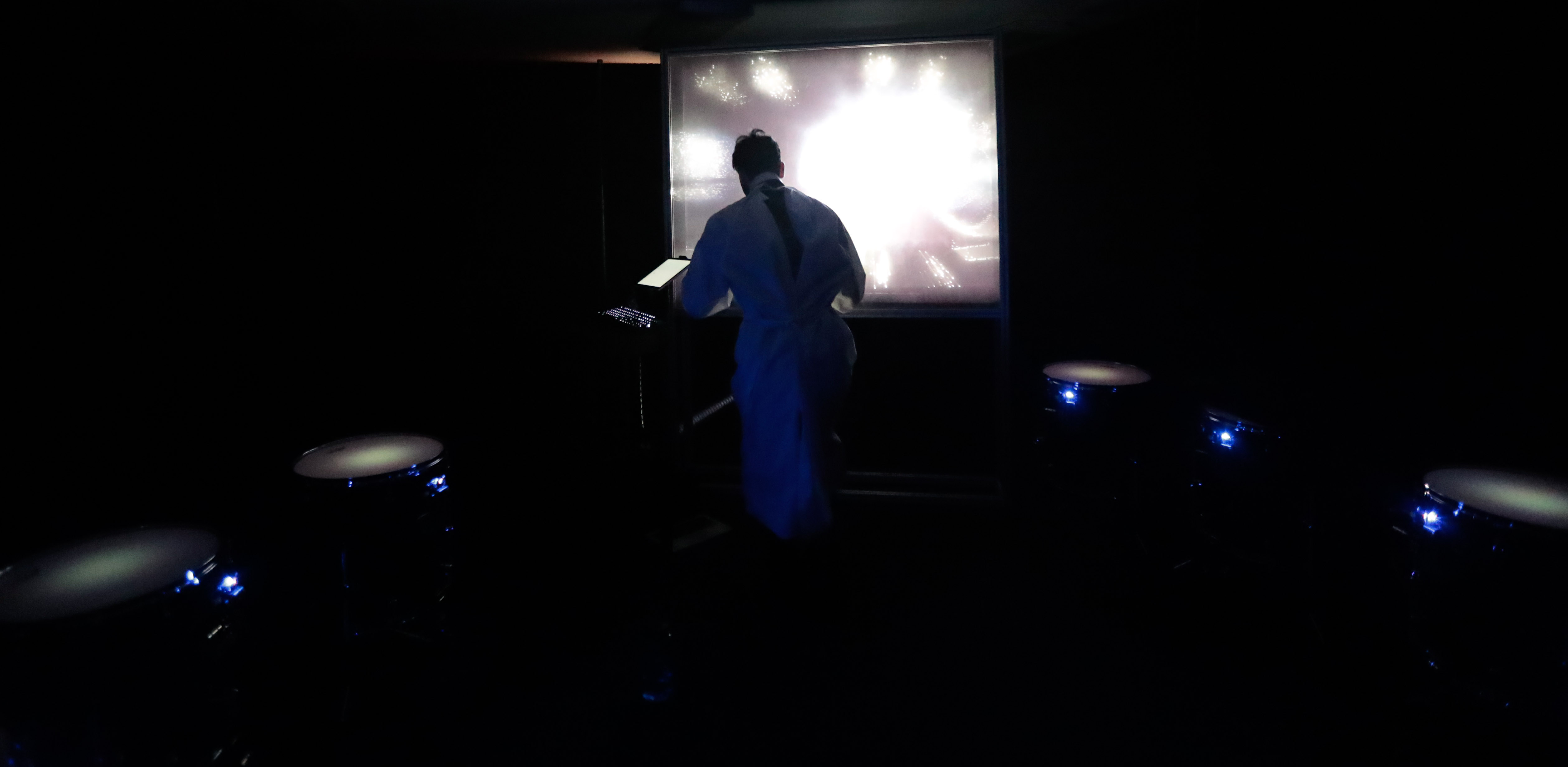

The 8 weirdest things on-screen at Sundance 2018
“Frankenstein AI: A Monster Made by Many intelligently updates Mary Shelley’s tale based on modern fears about artificial intelligence. The main installation was one of my favorite parts of Sundance’s New Frontier lineup; it culminates in a large, glowing screen — the titular monster — asking AI-generated questions to audience members, then using their responses to evolve. (One of my session’s: “Why do humans like having sex, even though they can see in color?”) But a one-time performance also added a live dancer (Jacinda Ratcliffe) who worked in tandem with the machine. Her movements were choreographed beforehand, and whenever the AI analyzed a set of answers, it would formulate a “mood” that affected her dance, delivering the information via earpiece. I still have no idea how intelligent or monstrous the AI actually is, and how much it’s just a device for heightening our awareness of physical human interactions — which is arguably one of the most interesting things about the project.” —AR
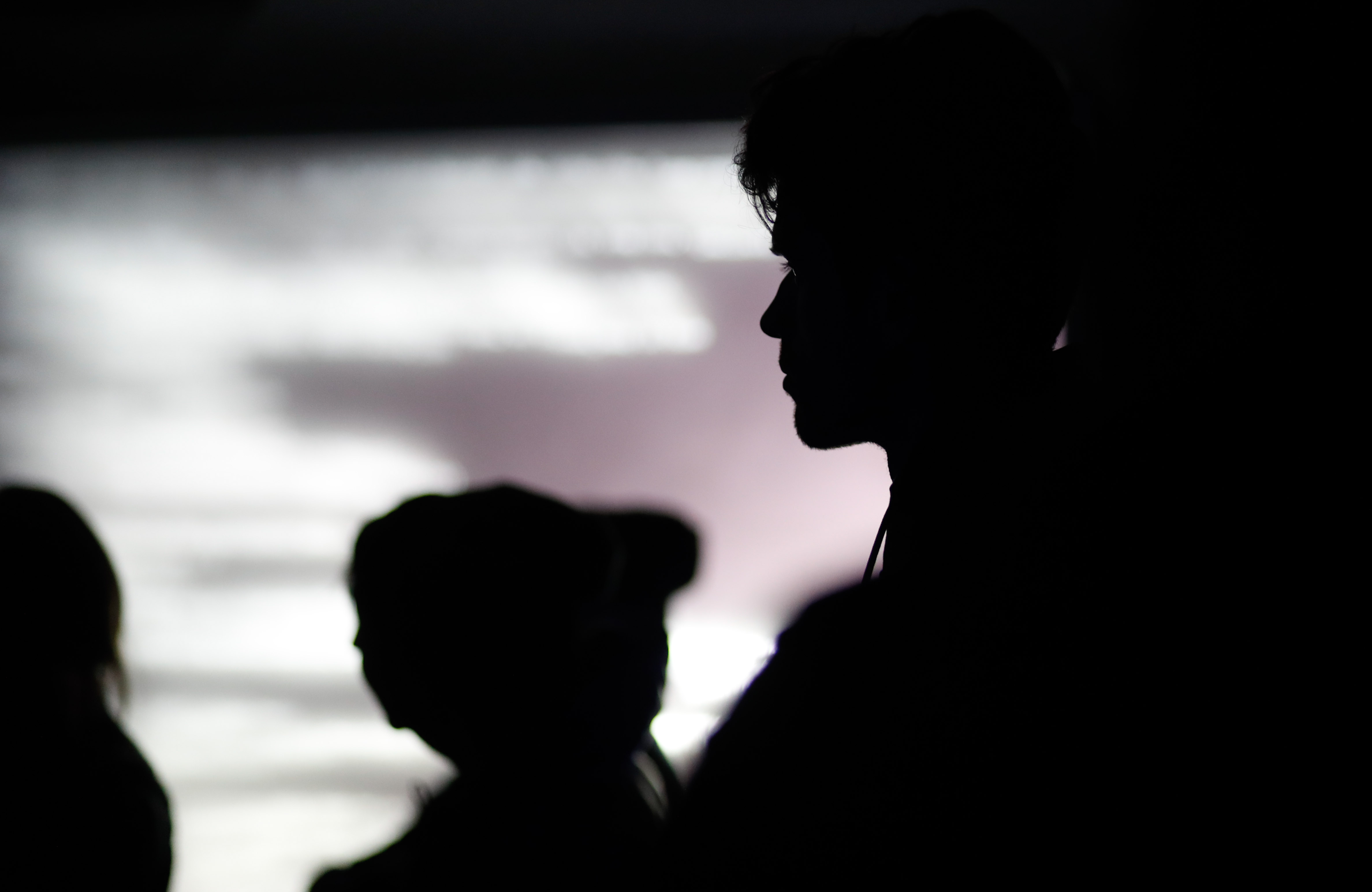

“Even virtual reality and artificial intelligence projects came bearing messages. “Hero” takes people through a war-torn Syria to “build empathy,” and “Frankenstein AI” is an interactive design-learning piece in which participants “feed” stories and emotions into a computer program, as it attempts to prove that we can make AI more human, and therefore kinder. The overall tone of the festival is one of positivity and renewed energy.”
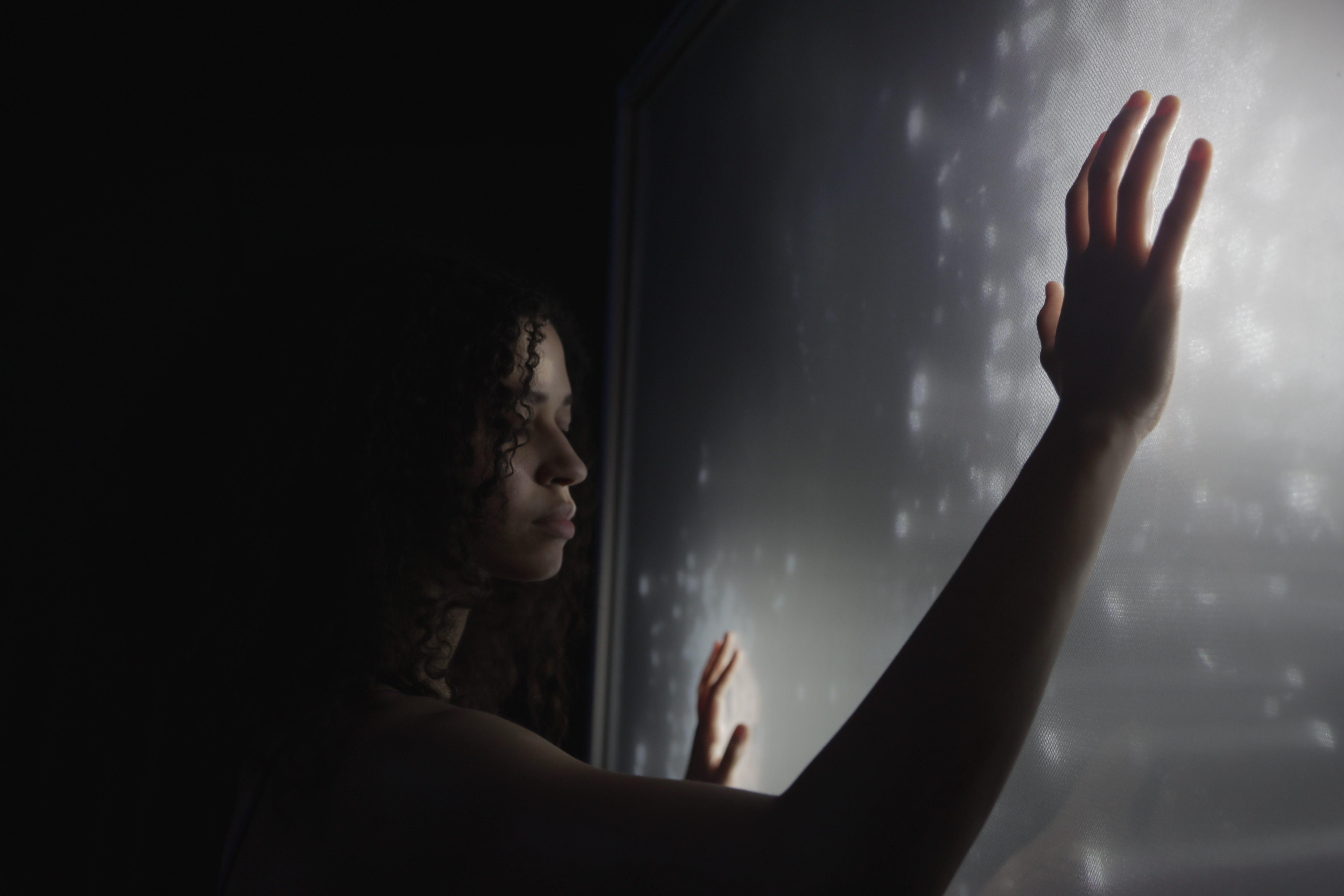
![]()
“It’s all too appropriate that a horror landmark should be used to tackle the applications of AI, as it will likely be both the most helpful and most dangerous technological invention of our time… That Weiler and his team pair such high-tech ideas with a millennia-old form of performance—theater—adds a layer of charm…”
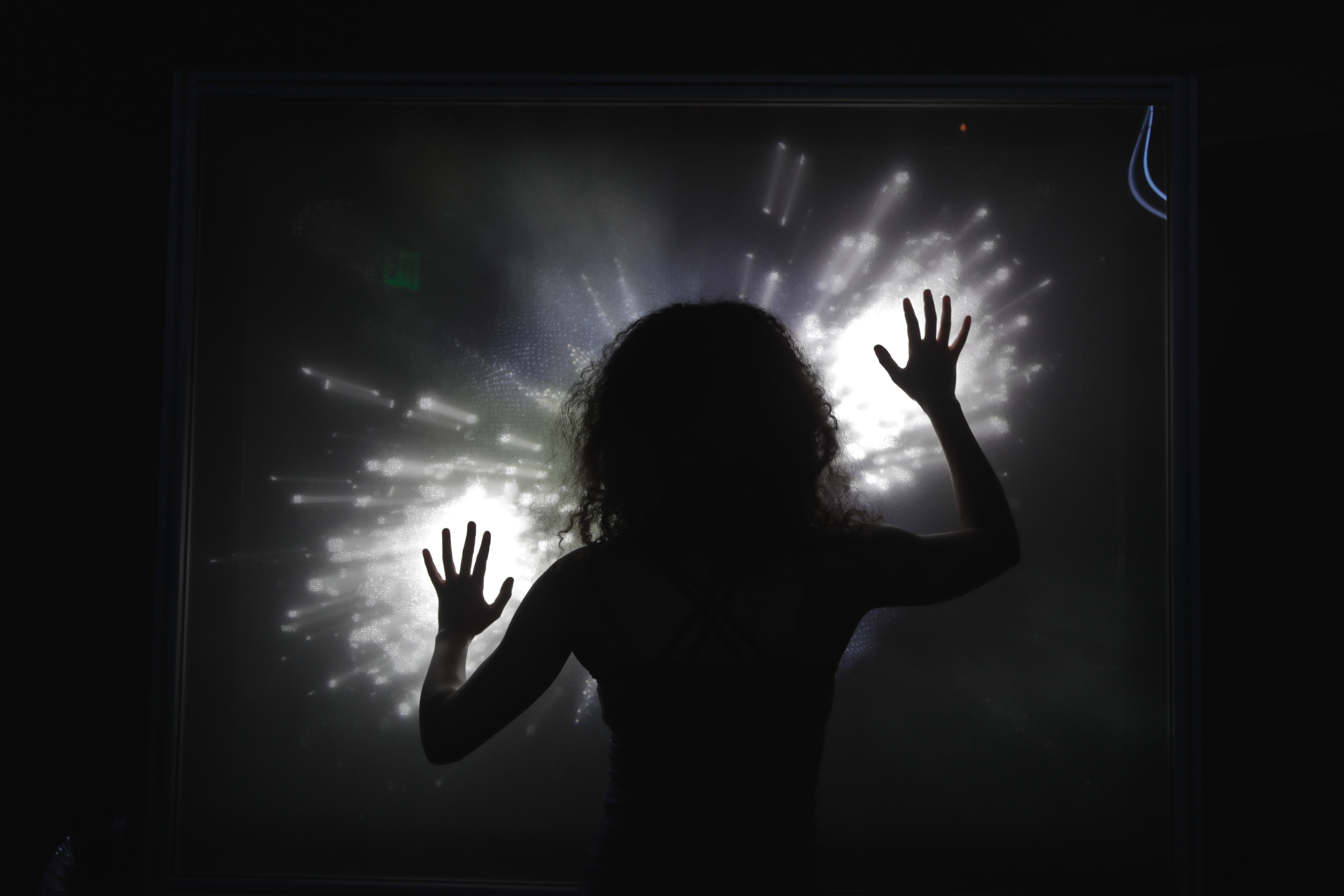
What festival-goers had to say about the project
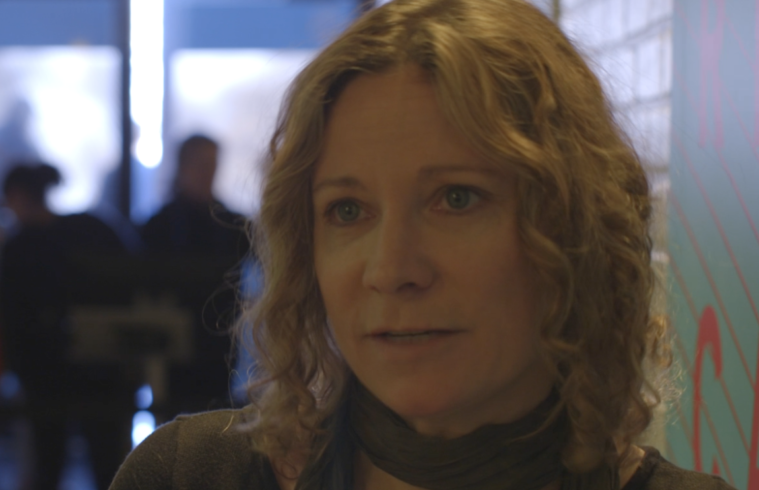
“There was this beautiful moment of connection with the person that I was talking to. I thought, if we could capture the beauty of that moment and somehow teach or incorporate that within AI, then it could take the best of humanity and the best of that connection and actually improve our odds. To have people here thinking about that and working on it gave me a lot more confidence and made me really excited about AI. I would love for the narrative that the project is talking about – the emotional connection to the positive aspects of human interaction and its value to the development of AI – to become a wider conversation amongst the public. Right now the voices that are being heard are people like Stephen Hawking – you know, all the people who believe that AI is going to kill us. If we can change the conversation, then we can change how AI will actually be implemented.” – Meredith
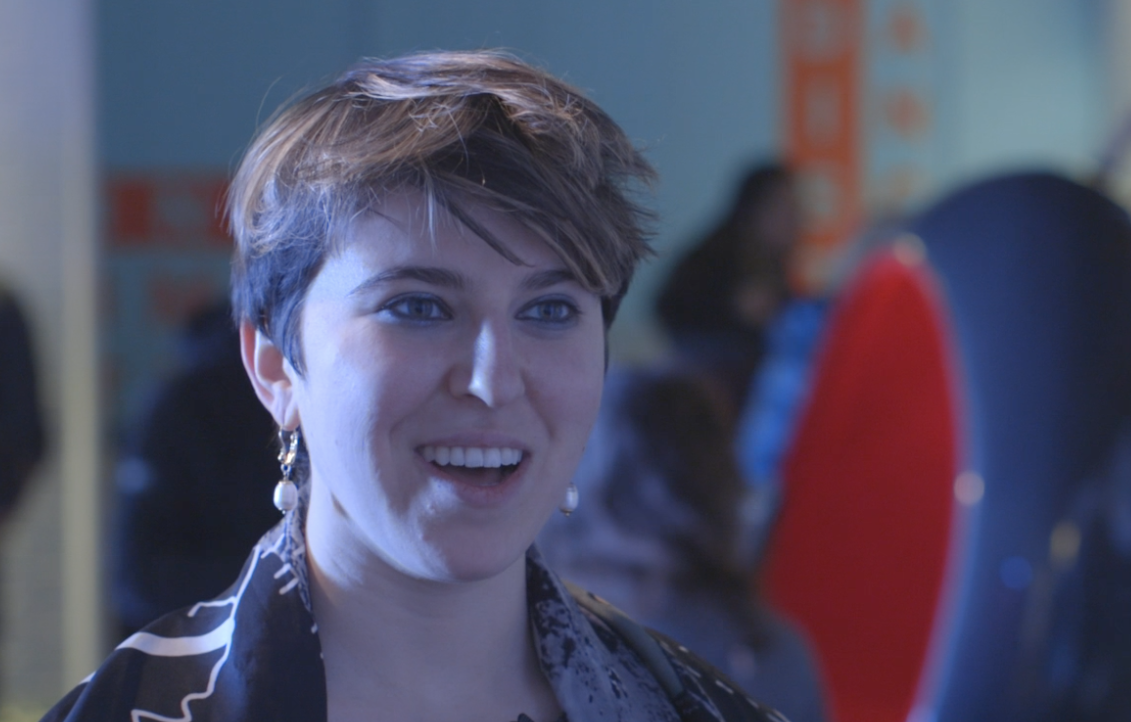
“I love the piece. I work as a software developer and also as a filmmaker and performance artist and found the piece really thought-provoking. The most interesting thing for me was seeing how everybody else reacted. When people don’t understand something it’s a lot more intimidating. Any opportunity to teach people about what AI actually is, what it can do and how we can be the ones doing it really empowers them to think about the problems they feel inspired to address in their lives. Pieces like this are really great for helping people connect the dots between themselves and these new forms of technology. How can technology be part of our world instead of taking us away from it?” – Sarah
Project Stats
- – 400+ hours of machine learning training to craft the “monster”
- – One of the first AI projects to debut at the festival
- – Upwards of 1,000 festival goers experienced Frankenstein AI at Sundance
- – The AI’s corpus consists of Mary Shelley’s original 1818 novel, a chatbot trained to talk in Shelly prose,
and Internet-related data such as posts from Reddit - – Elements of the visuals and score were scrapped from the internet
- – The AI generated 2,000+ questions dynamically based on reading the sentiment of festival-goers responses
- – Algorithmic visual, audio and movement systems were designed that enabled the AI to express emotion
- – 12 emotional states where built and triggered by the AI based on real-time feedback from festival-goers
The technology behind the project
- – Machine Learning Algorithm (we rolled our own AI based on an assembly model)
- – Surface app with physical controllers
- – Internet of Things (IoT) powered 1920’s typewriter
- – Artificial Intelligence (AI) vat – a 5’x4’ tank consisting of plexiglass and circulating smoke display to visualize the AI via rear projection
- – Algorithmic Choreography System that enabled the AI to control a dancer
A crew of over 20 people worked for two months to build the AI and visual, audio and movement systems that brought the piece to life.
Executive Producer, Creative Director, Experience Designer – Lance Weiler
Interactive Narrative Designer – Nick Fortugno
Creative Strategist, Experience Designer – Rachel Ginsberg
Executive Producer – Maureen A. Ryan
Additional Creative Direction – Nick Childs
AI Visualizations – Klip Collective
Sound, Score & Instrument Design – Peter English & Jeff Gregorio
Choreographer, Producer – Brandon Powers
Data Design – Sarah Henry
Machine Learning Engineer – Hunter Owens
Creative Technologists – Kaho Abe, Ramsey Nasser, Nick Fortugno
Coding Support – Brick Simple
Producer – Miriam Grill
Production Designer – Jennifer Nasal
Set Designer – Dale Worstall
Performer – Jacinda Ratcliffe
Video and stills – Rebecca Murga

